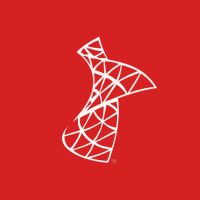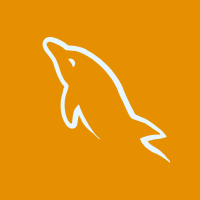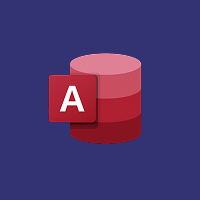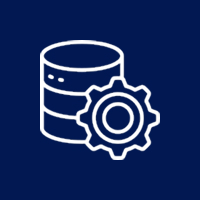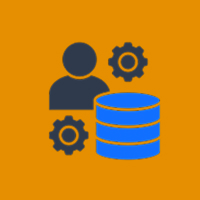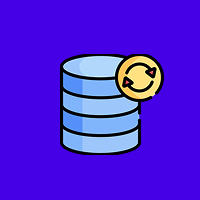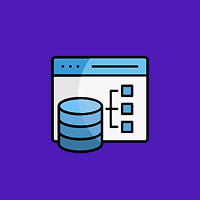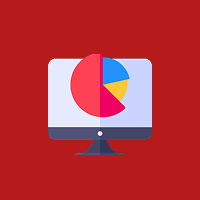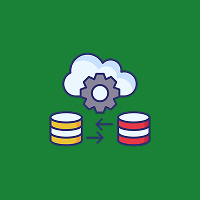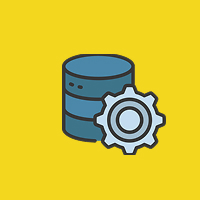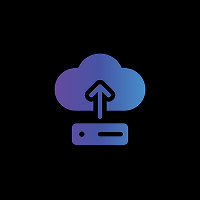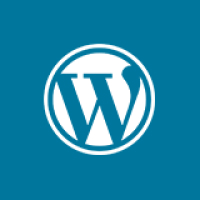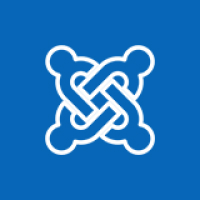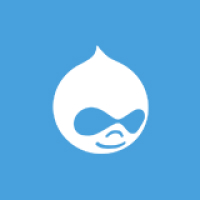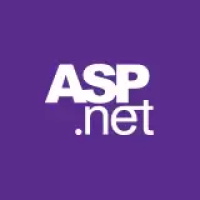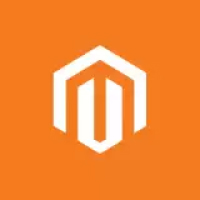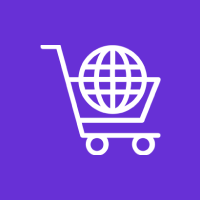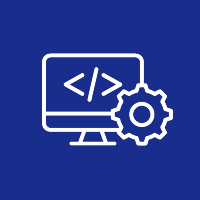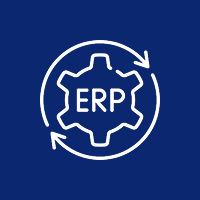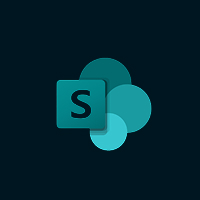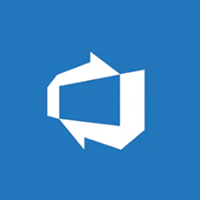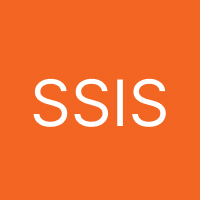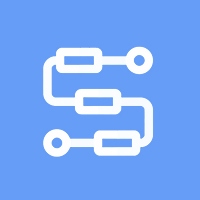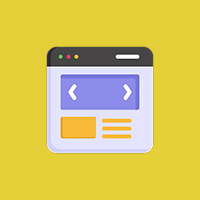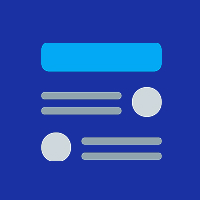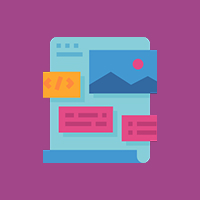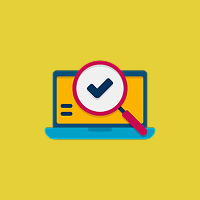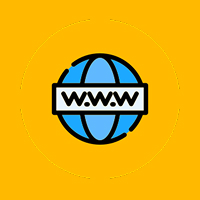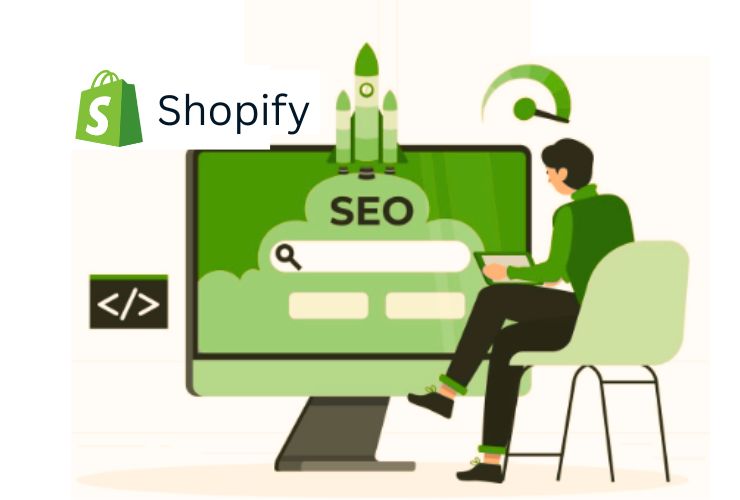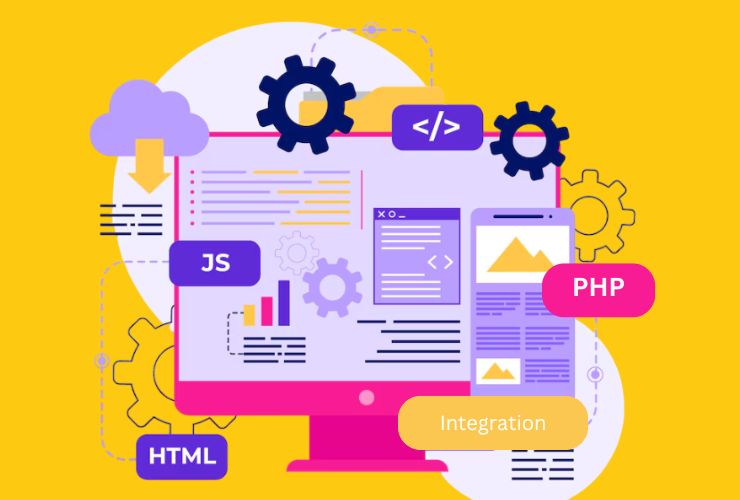Migration of a legacy PHP application to a new PHP framework will help improve the performance, security, scalability, and ease of maintenance of your code. This guide is going to take you through how to move your old PHP code to new frameworks like Laravel, Symfony, or CodeIgniter.
Why Upgrade to a Newer PHP Framework?
- It’s better secure: The old PHP code has several weaknesses that may make your application vulnerable to SQL injections and cross-site scripting. Up-to-date frameworks have certain security aspects built into the core that saves your application from such a risk.
The frameworks today are optimized for performance compared to old code. Old code doesn’t optimize with regard to caching, connections to a database, APIs, or any other type of transaction. - Maintainability: The code in legacy applications is fairly ugly and not very easy to maintain. New frameworks do all this for you-clean, organized code that even allows developers to easily increase functionality in the application
- Community Support: Large teams behind something like Laravel or Symfony, which guarantees that releases keep appearing regularly and that there’s always a ton of third-party resources to help diagnose and improve your application
Moving Legacy PHP Applications into Modern PHP
1. Review Your Current Code Base
Evaluate your current code before migration. This includes marking out what is obsolete or outdated and what has to be updated or refactored.
Critical steps:
Highlight the primary features of your application and what is outdated or obsolete dependency-wise and prioritize on what to do first in case of urgent repair, for example, security risks.
2. Framework Selection
The type of framework to be used will depend on the specific needs of the project:
- Laravel if speed of development and scalability is needed
- Symfony if it is a complicated, enterprise-level project.
- CodeIgniter if lightweight and ideal for smaller applications with minimal setup.
3. Setting Up a Development Environment
Before migrating, ensure that you have your development environment set up using the latest version of PHP, along with the framework that you choose. This enables smoother migration and proper testing.
Tools: Install Composer for dependency management and configure your server, either Apache or Nginx, for the new setup.
4. Breaking the Migration into Phases
It really is not possible to migrate your entire codebase in one go. Instead, divide it into smaller, manageable phases.
Approach: Start with less critical parts, refactor old code to fit modern framework structures, like MVC, and test each module as you go.
5. Database Migration
If your legacy app makes use of a pre-ORM database structure, normalize the database or adopt an up-to-date ORM, such as Eloquent from Laravel.
Tasks: Audit your database schema, data migrations, and queries with proper testing for compatibility.
6. Code Refactoring and Modernization
Legacy PHP code uses syntax that’s probably either outdated or very procedural in nature. Adopt object-oriented programming, namespacing, and all best practices to modernize your codebase.
Modern Features: Use the modern PHP syntax, type hinting, and framework specific tools like routing and middleware
7. Testing and Quality Assurance
Test thoroughly after each migration phase. Using automated testing tools provided by the frameworks to ensure everything works as expected.
Tools: PHPUnit for unit tests, or Laravel’s built in testing utilities for functional tests.
8. Deployment and Monitoring
First, deploy the application in a staging environment and then to production after completing the migration. Monitor the application closely to catch any bugs or performance issues.
Tools: Automate deployment with CI/CD pipelines and employ monitoring tools to ensure post-migration health.
Conclusion
Migrating your legacy PHP application to modern frameworks like Laravel, Symfony, or CodeIgniter would be a smart move towards improving performance, security, and maintainability. However daunting the process may appear to be, breaking it down into smaller steps, accompanied by the right tools, will make it simple to execute. At the end of it all, your application will be future-proofed, and easier to manage as your business expands.
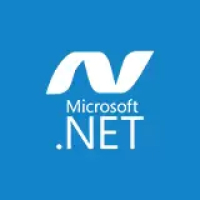
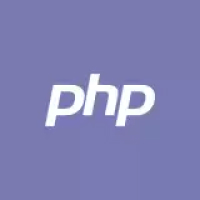
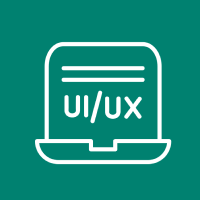
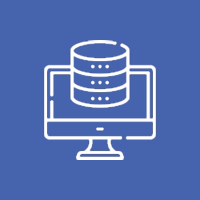
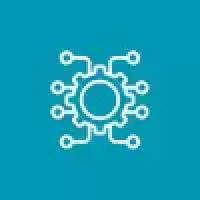



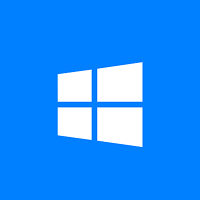
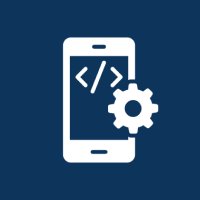
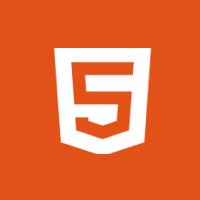


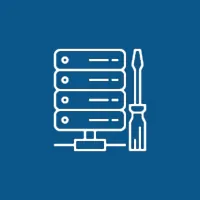 Database Development
Database Development